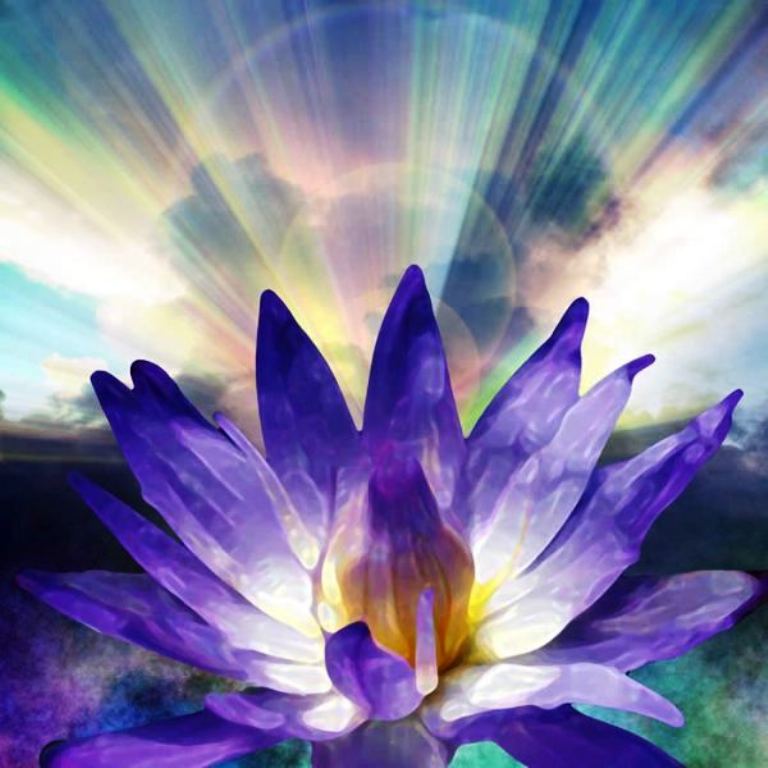
2014 is just about to end, has been quite a year so far!
Traditionally the New Year is a time for making resolutions about things one can do better the next year. New Year’s Eve is often seen as a time of rebirth, the chance to start anew. We all come up with the regular resolutions for the upcoming year (losing weight, cost controlling, more travel, more work, seeing family more often and/or falling in love ), but often our ideas of what should change are too broad. This New Year’s Eve, we should all vow to take a closer look into our lives and make decisions about JUST ourselves then. Shall we?
For me; I am turning complete vegetarian starting tomorrow!
How exciting and second is: I want to reach to the TOP. Not financially but literally this time. I am talking about substantial height. I want to trek & trail to a very high point of a legendary mountain. What it is – I don’t know yet. But I know for sure it will be selected & accomplished in due course. Conquering the height is not an issue; journey must to be fresh in my mind forever.
So what should be our New Year resolutions for 2015? These are the 15 New Year’s resolutions every person should make:

1. Travel-Travel-Travel. If we don’t have money, let’s look into doing charity work abroad. There will be some programs that will sponsor us.
2. If we hate our job, let’s quit our job. Let’s repeat: THE MONEY IS NOT WORTH IT. Food and shelter are clutch though, so let’s make sure we have another job lined up.
3. Let’s stop beating ourselves up for missing out on routines on days we truly didn’t find time. That’s ok. But lets not miss out on days, we have plenty of times.
4. Let’s free ourselves of enemies. Let’s apologize for what we did wrong and also forgive those who have wronged us.
5. Let’s free ourselves of “frenemies.” Let’s not spend 2015 surrounded by people we secretly despise. Let’s spend more time with those people, who make us feel good, energies us and have few good things to say about us.
6. Let’s make up with most — not to be confused with making out with an ex.
7. If we think somebody is good, let’s say so. Let’s say “hi” and introduce ourselves. Every relationship we have ever had started with a greetings.
8. Let’s leave our phone number for someone. Let’s help strangers. “Pay it forward,” let’s do good things for the world. Regardless of the outcome, we put ourselves out there and probably made the other person’s day.
9. Let’s stop caring about how many people “like” us. Does not matter. It is enough to live knowing we at least truly like us.
10. It is perfectly OK to take something off our to-do-list. Sky dive, bungee jump, scuba dive, etc. Lets not make excuses any more as to why we can’t accomplish something. Everyone does not accomplish everything.
11. Let’s stop hating ourselves; let’s love ourselves. That’s only way, that others can appreciate us, love us. Let’s Cry. When we’re happy and when we’re sad; let’s embrace our emotions as they come. Let’s conquer a fear. Not all in one go; let’s tackle one at a time. Ask me to be on your side, if we need help. Any-time!
12. Let’s strengthen relationships with family members. Blood is thicker than water “any day”!
- Let’s switch our Smartphone for a normal phone. I am doing it in the New Year.
14. Let’s shop locally, eat locally and recognize where our money is going. Consumers control the economy, so let’s visit the shops; we want to survive for next generations.
15. Let’s not judge based on anyone’s appearance. It will be incorrect mostly.

Before the golden sun sets, when 2014's calendar is destroyed, And mobile networks get jammed; I wish in 2015 our every moment is enjoyed thoroughly - HAPPY NEW YEAR!
